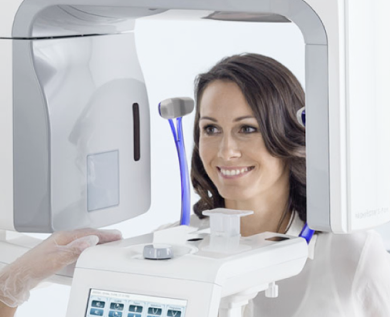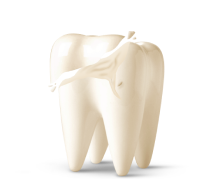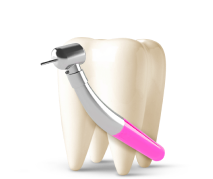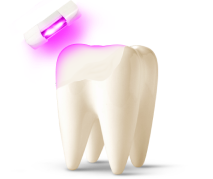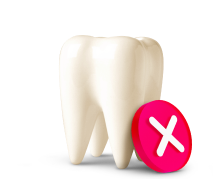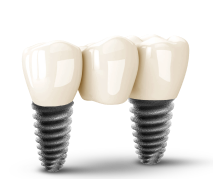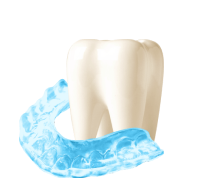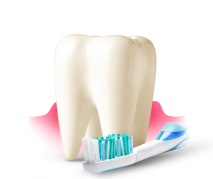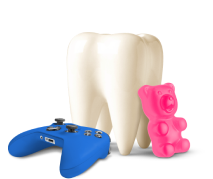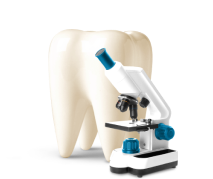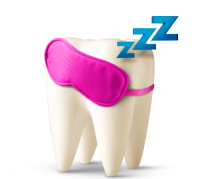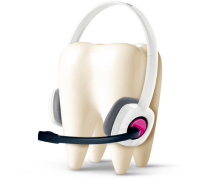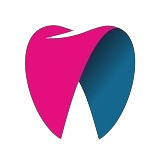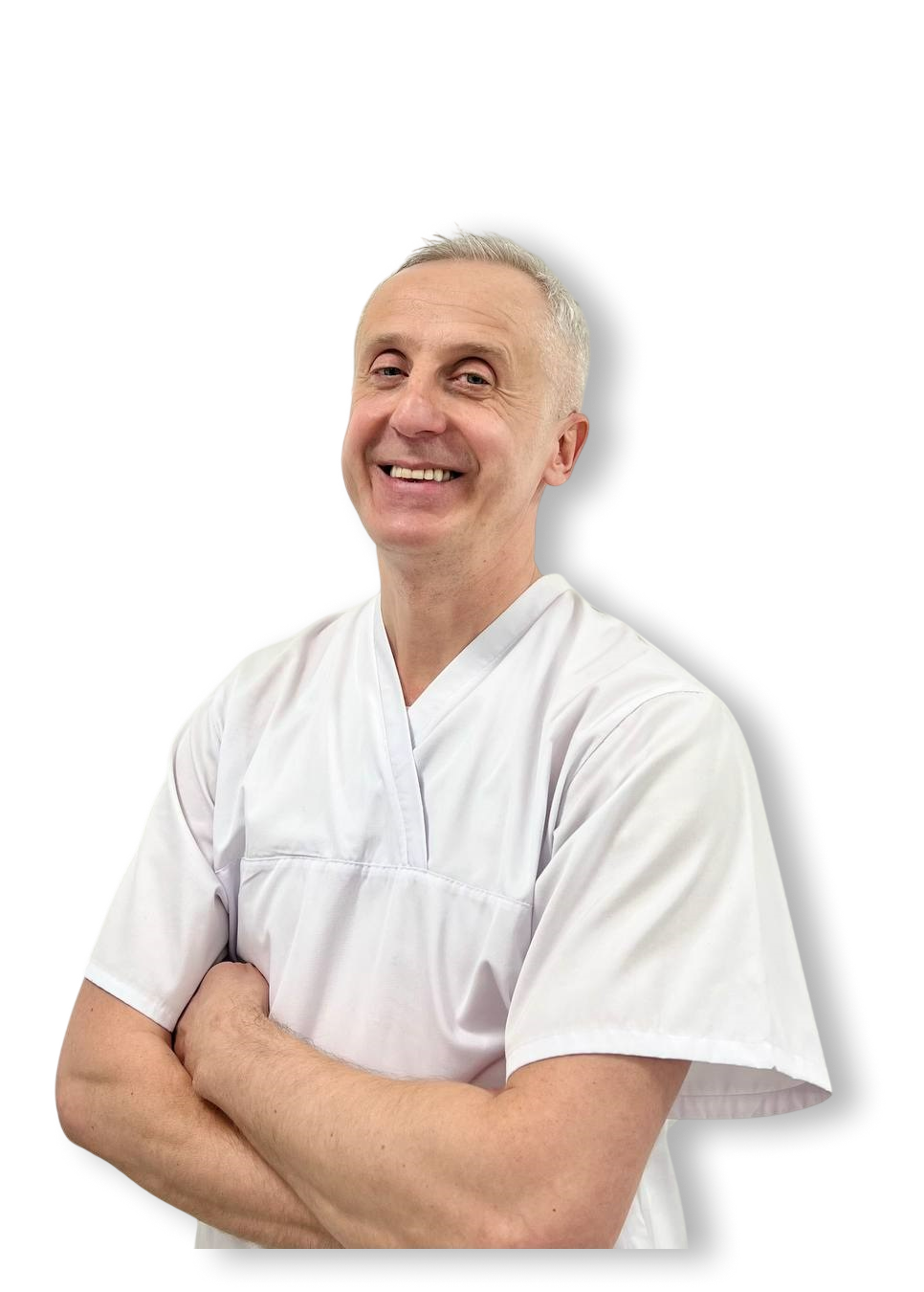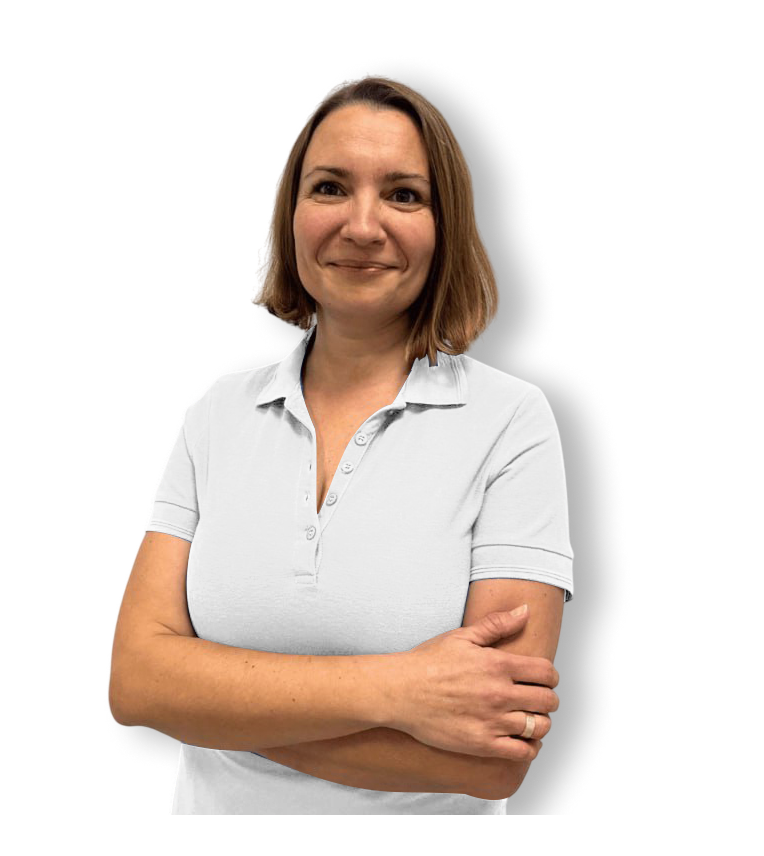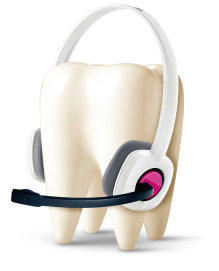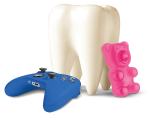Diagnostics
Computed tomography of the upper and lower jaw: cost, technique.
Computed tomography of the upper and lower jaw is a non-invasive diagnostic method that allows viewing teeth, soft and hard tissues, canals, etc. in a three-dimensional image. This method is widely used in dentistry due to its high informativeness, absolute painlessness and availability.
CT scan of the upper and lower jaw is a method of radiodiagnosis in which many thin X-ray sections are produced and combined into a single picture with the help of a computer.
Why is computer tomography of teeth needed in dentistry?
Computer tomography of the upper jaw and computer tomography of the lower jaw can be done separately when it is necessary to view a specific area more precisely.
General computer tomography of the upper and lower jaw is prescribed in the following situations:
tooth extraction;
the need to install implants, prostheses;
diagnosis of the condition of the temporomandibular joint, general condition of the jaw, nasal cavity and canals;
determination of foreign bodies in the area of the jaw;
search for pathological changes in the presence of pain, discomfort in the area of the upper and lower jaw;
determining the consequences of the injury;
treatment control.
What are the advantages of computer tomography in diagnostics compared to conventional X-ray?
CT of the upper and lower jaw is a diagnostic technique that also uses the penetrating power of X-rays. But unlike an X-ray, it has a number of advantages:
with the help of computer tomography, a three-dimensional model is formed, which makes it possible to obtain high informativeness of the studied area;
it is possible to specify exactly where and what the pathology is, its size and configuration;
minimal radiation exposure to a person, which allows conducting research even for children.
Is the procedure safe for adults and children?
CT of the upper and lower jaw is a safe diagnostic method for both adults and children. The minimum dose of radiation allows to conduct research even in the smallest children - from the moment they can independently stand motionless during tomography.
How often can a computed tomography scan be done per year?
Despite the fact that the procedure is quite safe, it is not recommended to do computer tomography of the upper and lower jaw more than three times a year.
Features of using the computer tomograph NewTom GO 2D/3D for CT of the upper and lower jaw
Thanks to NewTom GO 2D/3D, performing computer tomography of the upper and lower jaw is very easy and fast. The technology allows you to get a very detailed and accurate three-dimensional picture in a short time.
As a result, we get high quality and low radiation dose. The exposure is automatically adapted depending on the anatomical characteristics of the patient.
How is the CT scanning procedure performed
CT of the upper jaw and computer tomography of the lower jaw do not require special training. Before starting the study, it is necessary to remove all metal objects.
The patient is fixed in a special tomograph and asked not to move his teeth, tongue or make strong swallowing movements.
Tomography takes several minutes. The patient lies still with his eyes closed while the tomograph rotates around him, taking a huge number of images in different planes.
After only 10 minutes, the patient and the doctor can review the results of the computer tomography of the upper and lower jaw.
The cost of the services of the computer tomography center in dentistry
Prices for computed tomography may vary. They depend on which examination will be carried out. It may be:
computer tomography of the upper and lower jaw;
computer tomography of the lower jaw;
computer tomography of the upper jaw;
computer tomography of the temporomandibular joint;
computer tomography of paranasal sinuses and nasal cavity;
panoramic shot of the teeth.
Contraindications to the CT procedure of the upper and lower jaw
Despite the fact that this method is common and safer than X-ray diagnostics, it has contraindications.
CT of the jaws is not recommended for pregnant women, nursing mothers, people with mental disorders, and patients who cannot maintain immobility during the procedure.
☎️ To book a consultation, call (067) 522 41 41
Doctors
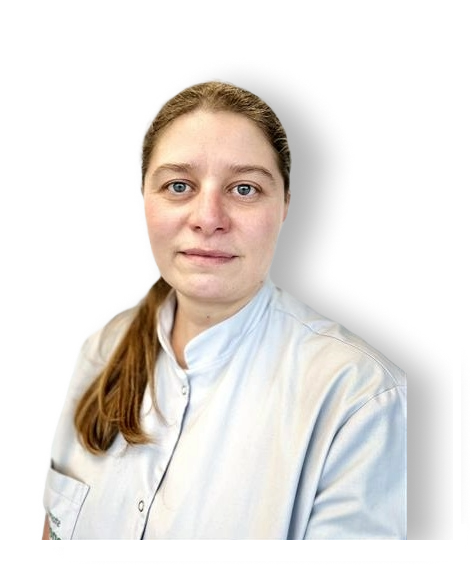
Joanna Kala
Experience: over 20 years
Chief physician, implantology surgeon

Olena Cherevulia
Experience: over 10 years
Dentist-therapist, pediatric dentist
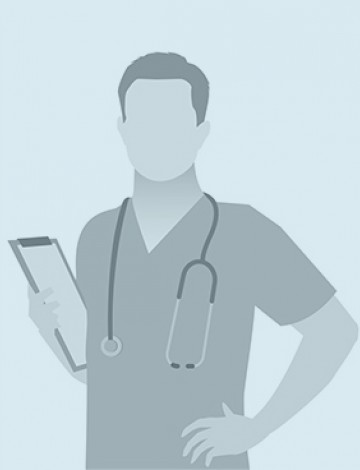
Vyacheslav Lorman
Experience: over 4 years
Dentist-therapist, endodontist

